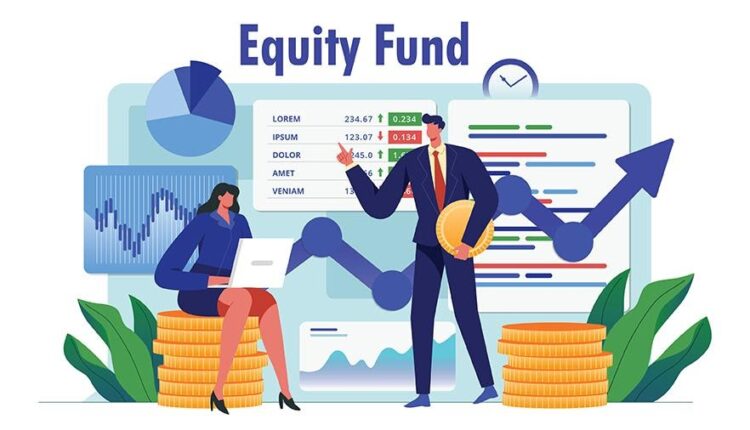Ways To Avail Good Return On Equity Funds Investment
Everyone wants to get the most out of their assets and constantly looks for investment products with favorable liquidity, capital growth, returns, tax efficiency, and other characteristics.
However, one cannot predict the nation’s geopolitical, social, or market situations. With these in mind, equity mutual funds, mainly when used with SIPs, become a preferred tool for long-term investing.
Systematic Investment Plans (SIP) are easy to manage over a long period and can produce excellent returns. Additionally, there are ways to use SIP to improve performance and increase money simultaneously. Here are a few of these tools that will increase your SIP productivity.
What is an equity fund?
Equity mutual funds invest in businesses with a range of market capitalizations to produce significant returns. Equity mutual funds have the potential to offer more substantial returns than debt and hybrid funds because they are the riskiest category of mutual funds. The company’s performance significantly influences returns to investors.
How does an equity fund work?
At least 60 percent of the assets in equity mutual funds are allocated in equity shares of various corporations in balanced amounts. The asset allocation will match the goal of the investment. Depending on the market condition, the asset allocation may consist only of stocks of large-, mid-, or small-cap companies. The investing approach could be growth- or value-oriented. The balance may be invested in debt and money market instruments after allocating a sizeable part to the equities section. This will handle any unforeseen redemption requests and reduce risk to a certain extent. The fund management decides whether to purchase or sell to benefit from shifting market movements and maximise profits.
Here are a few strategies for maximising your investment’s profits.
Step Up
Increasing the initial investment amount to cover costs is essential as one keeps setting new objectives and adjusting returns for inflation. Therefore, in an ideal world, every annual raise at work should likewise increase a person’s portfolio by the same percentage. This will improve the growth of your investments.
Ignore volatility
Rarely are markets and the economy operating in a stable state. They’ll experience highs and lows. Globally, public policies will continue to change. Investing shouldn’t be stopped when the market is down.
In reality, downturns can greatly increase investor value. When the market is declining, SIP results in you getting more units. To get the most out of equity mutual funds, learn to be patient and keep investing regularly throughout these times. When one is invested for at least seven years and doesn’t pay attention to every market movement, there is a greater chance that they will receive a better return.
Public Provident Fund (PPF)
Among all the investment alternatives in India, one of the most secure long-term investments. It’s tax-free. You could open a PPF account at a bank or post office. The invested funds are locked for 15 years. Additionally, the investing choice helps you to receive compound interest on the money that has been accrued. The next 5 years time frame may potentially be increased. The fact that you could withdraw the money you put in a PPF account before the end of 6 years is its only drawback. You can borrow against your PPF account’s remaining balance if you need the money.
Debt Mutual Fund
Debt funds are regarded as one of the best possibilities for investors looking for a consistent return on their investment. Investments in fixed-interest securities such as corporate bonds, government securities, treasury bills, commercial paper, and various other money market instruments are made under the debt fund umbrella. The primary goals of investing in debt funds are to increase capital and produce interest income.
Fixed Deposits in Banks
Fixed deposits are among the most popular fixed-pay investment options. As their name suggests, FDs provide fixed returns for the investment. According to bank regulations, profits are payable monthly, for three months, or a year.
FDs provide both cumulative and non-cumulative investment choices, depending on the bank. Regarding the non-cumulative option, the interest will be paid following underwriting; however, in the case of a cumulative chance, the interest will be reinvested and paid at maturity.
Conclusion
The golden guideline for investing wisely is maintaining a thorough awareness of the many kinds of investment opportunities the market offers. For the majority of investors, the goal of the investment may change depending on the financial target, time frame, level of risk, and other factors. A person must therefore make wise investments that have the potential to produce attractive returns over the long run if they want to see their money increase.


Comments are closed.